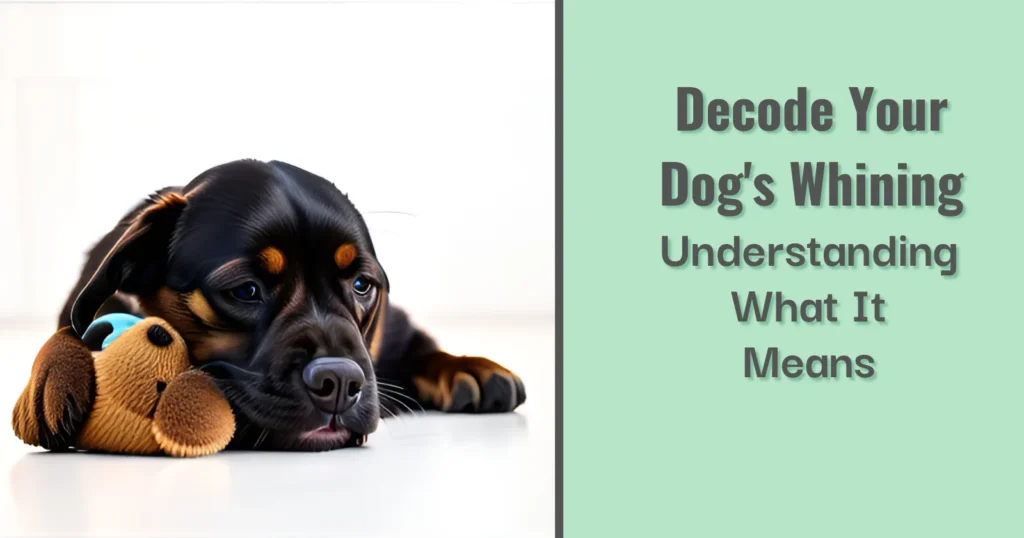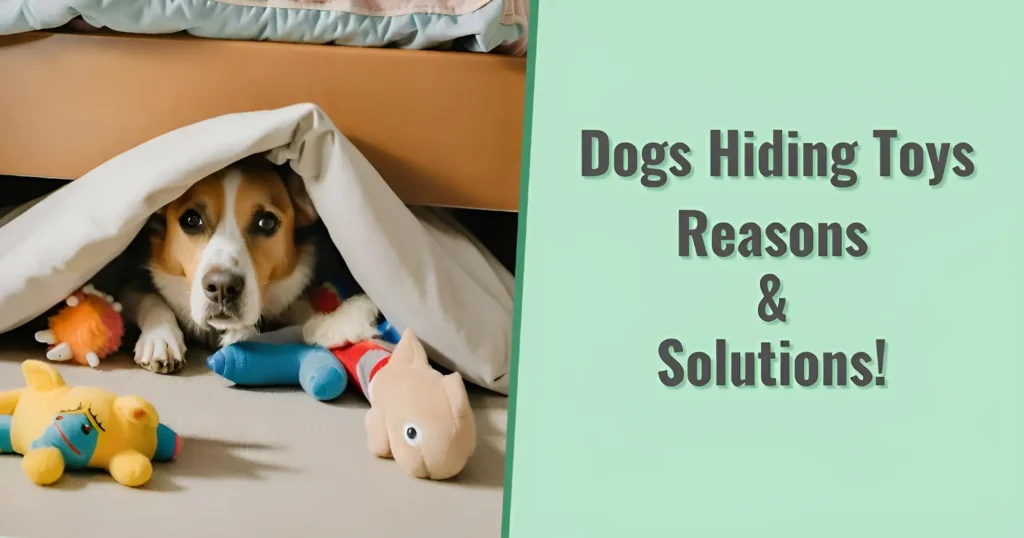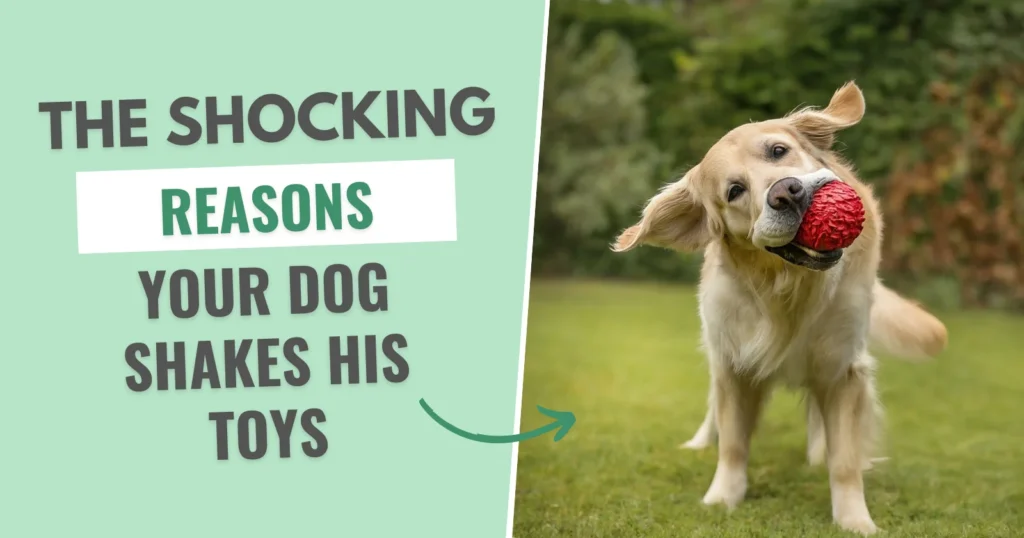There are times when I’ve encountered a puzzling dilemma that many of us face: a bored dog who won’t engage with his toys. It’s a scenario that can leave us scratching our heads – and our furry friends yawning in disinterest. Let’s try to understand this behavior and uncover how we can reignite our dogs’ interest in playtime. Plus, we’ll tackle the frequently asked question: How many toys should a dog have?
Why Is Your Dog Not Playing With His Toys?
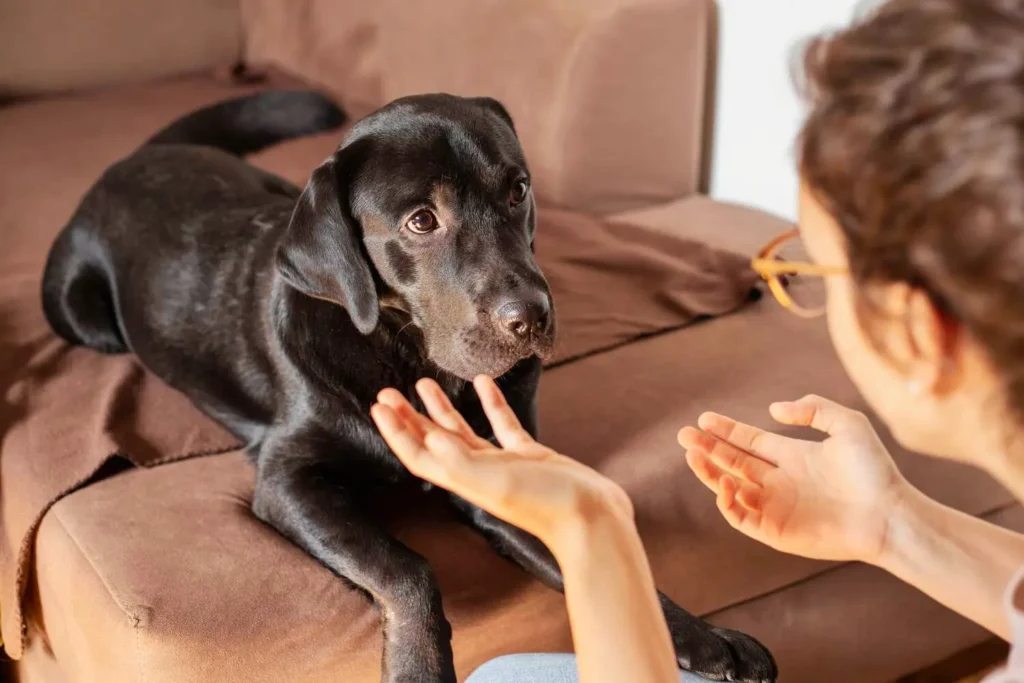

1- Lack of Variety
The Same Old Toys: Like humans, dogs can grow tired of the same old toys. Imagine having to play with the same puzzle or video game every day!
Therefore, it is essential to experiment with various colors, textures and shapes to see what intrigues your dog and builds interest. I’ve learned that by struggling for a long time to find a suitable toy for my dog; however, knowing this factor, you don’t have to.
2- Toy Complexity
Too Easy or Too Hard: Some toys might not offer the right level of challenge. If it’s too easy, they get bored, too hard, and frustrated. Our furry friends need mental stimulation, and that won’t happen if you force toys on them. Let them pick their toys and decipher which type of toy they like.
3- Not the Right Fit
Preference and Personality: Each dog has its unique preference. Some might love squeaky toys, while others prefer a good old-fashioned stick. the factor depends on your breed; hunting dogs will love squeaky toys, but smaller dogs, such as a Yorkie, would prefer playing with a ball instead.
Reigniting the Spark: Strategies for Engaging Your Pooch in Play
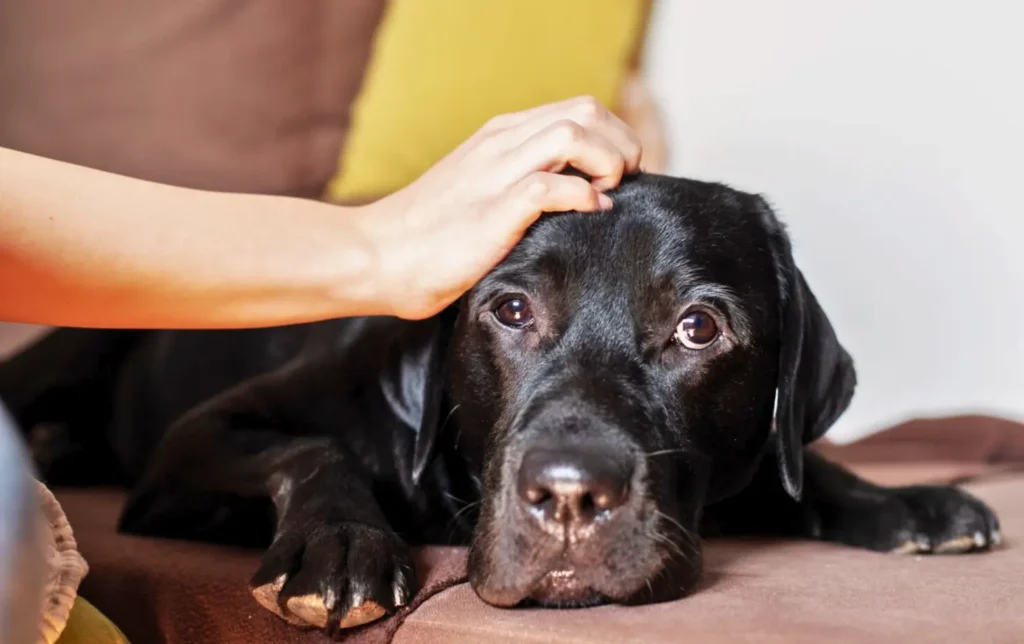

Rotate and Surprise
Toy Rotation: Keep a stash of toys and rotate them every few days. This keeps each toy “new” and exciting. I joined my neighborhood’s weekly toy swap program, initially to handle old dog toys, and it helped me find toys my dog enjoyed.
Surprise Boxes: Occasionally introduce a new toy. The novelty can spark interest and excitement.
Interactive Play
Engage Together: Spend time playing with your dog and their toys. Your involvement can make any toy exciting and help your dog to show interest in toys.
Training as Play: Use toys as rewards in training sessions. This not only makes learning fun but also adds value to the toys. Hence showing a positive association between toys and training.
The Right Toy for the Right Dog
Understanding Preferences: Pay attention to the types of toys your dog gravitates towards and try to mimic these preferences in future selections.
Quality Over Quantity: Invest in durable toys that match your dog’s play style and strength. Aggressive chewers and rope toys would prefer Kong toys for those dogs who like playing tug.
How Many Toys Should a Dog Have?
Addressing the burning question requires considering several factors, including your dog’s age, energy level, and interest. However, a good rule of thumb is to have a minimum of three to five toys available at any given time. This allows for variety without overwhelming your pet. Remember, the focus should be on the quality of engagement each toy offers rather than the quantity.
The Ideal Toy Box


- A Chew Toy: Essential for dental health and to satisfy chewers.
- An Interactive Toy: Puzzle toys or treat-dispensing toys to stimulate their mind.
- A Comfort Toy: Soft toys for snuggling or carrying around for comfort.
- A Fetch Toy: Balls or frisbees for active play and exercise.
- A Tug Toy: To engage in tug-of-war, building physical strength and bonding.
Addressing Common Concerns
What if my dog still isn’t interested in toys?
Consider if there might be underlying health issues or stress factors affecting their interest in play. Consulting a vet or a professional dog trainer can offer tailored advice.
How often should I replace my dog’s toys?
Inspect toys regularly for signs of wear and tear and replace them when they become unsafe or lose their functionality.
Can too many toys lead to behavioral issues?
Yes, an overabundance of toys can sometimes lead to possessiveness or decision paralysis. Maintaining a manageable number of toys and rotating them is critical.
Understanding and stimulating a bored dog who won’t play with his toys can be challenging, but with the right strategies, you can rekindle their interest in playtime. Remember, the goal is to make toys exciting and engaging while catering to your dog’s preferences and needs. By carefully selecting and rotating toys, you’re not just providing entertainment; you’re enhancing your dog’s overall well-being.
Engaging with our dogs through play is one of the purest forms of joy we can experience as dog owners. Let’s make every playtime count!


